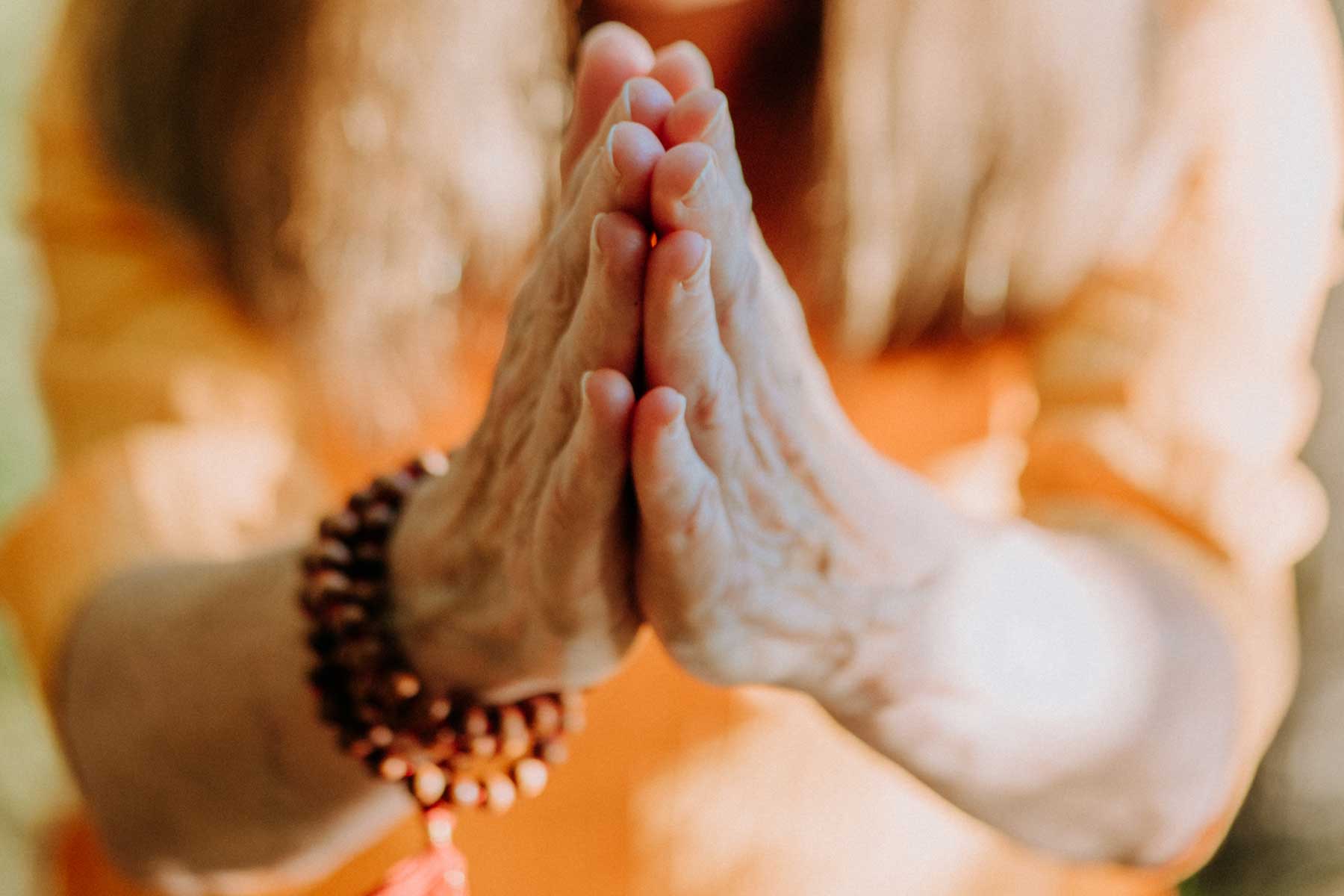
The Gunas: states of consciousness
Just as the physical body is made up of 3 doshas (Vata, Pitta and Kapha), the mental body has 3 forms of energies (Prana, Tejas and Ojas) and a psycho-spiritual constitution (consciousness) with 3 qualities or gunas, Sattva, Raja and Tamas. The term Sanskrit gunas means “that which binds”.
The concept of energy is fundamental in Ayurveda. The animated and inanimate worlds are composed of electromagnetic, gravitational and atomic fields. These mental moods are our potential source of energy, creator for Sattva, transformer for Rajas and destroyer for Tamas.
Sattvaguna, is based on the principle of movement with the search for purity, lightness, knowledge, harmony, truth, joy and luminosity. It gives a personality with a positive nature, inspiring, compassionate with self and others, caring for the environment and the well-being of others. This guna brings a wise and humble spirit.
Rajaguna is the principle of energy, with the quality of being overflowing with energy, enthusiasm, organization, strength and vitality, and above all guided by the desires, the drives and the passion that can generate competitiveness, anger and aggressiveness. It gives an ambitious, loving, controlling personality, drawn to extremes, proud, perfectionist and valiant. This guna stimulates the mind.
Tamaguna, the principle of stability, represents the qualities of rest, inertia, inaction, ignorance, laziness and darkness. It gives a materialistic, possessive, unaccountable personality, tempted by excess food, sleep and sex, tendency to depression, hasty judgment and few moments of joy. This guna supports relaxation.
As with the doshas, we all have various proportion of sattva, rajas and tamas unique to each person. There are times when our mind is rather tamastic like when we get up in the morning or when we are emotionally depressed, at other times Rajas dominates with a restless, hyperactive mind and finally Sattva dominates when we are peaceful and happy. Recognizing these factors in our daily activities leads to a sattvic state and makes our life more pleasant. To go from Tamas to Rajas is to let go of the past and change our outlook on life. It is giving new meaning to our life. To go from Rajas to Sattva is to let go of our personal expectations, which are often selfish, to calm down and open up to humanity, its conditions and suffering. It is a passage from the human condition to a universal humanity. Developing Sattva is developing your awareness and inner peace. It is to acquire yogic / ayurvedic wisdom. There are many ways to acquire this wisdom. The individual approach of Ayurveda with regards to diet, lifestyle and daily care combined with the practice of yoga, asanas, pranayama and meditation are a guide to learn to consciously interact in a world in continuous movement, and to understand how to navigate the many choices that affect our health and well-being. May 2020 bring better Health, Wellness and Peace!
REF:
Frawley, D., 2007. Ayurveda and the Mind, the Healing of Consciousness. Lotus press. WI, 346 p.
Halpern, M., 2010. Principle of Ayurvedic Medecine. 10th ed., CCA, US. 401 p.
St-Laurent, K., 2018. Nature & Ayurveda. Les Ed. de l’Homme. Canada. 341 p.
Tiwari, M.,1995. Ayurveda A Life of balance. Healing Arts Press. VT, 354 p.
Vyas, K. 2014. Le Grand Livre de l’Ayurveda. Marabout-Référence. 303 p.


